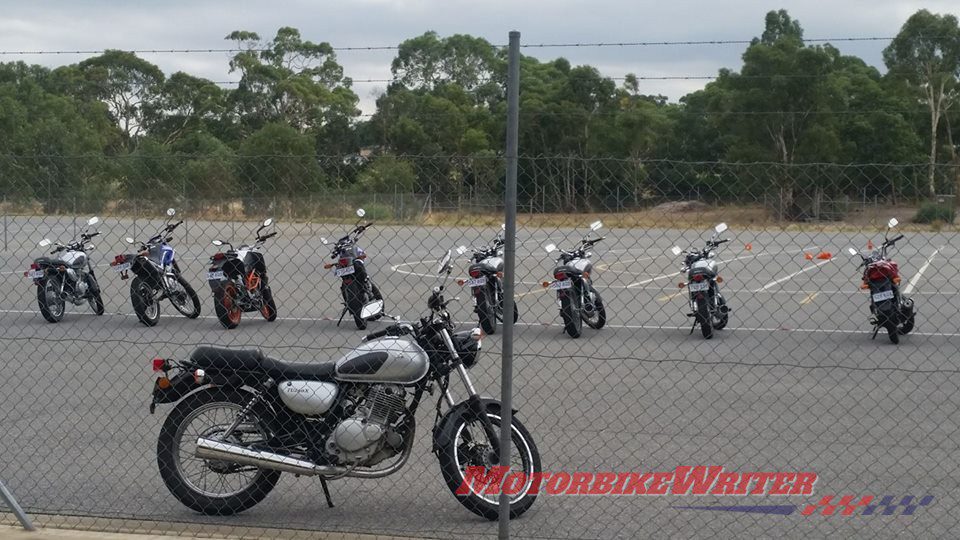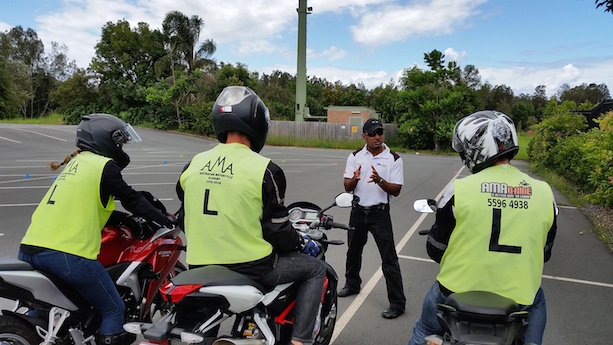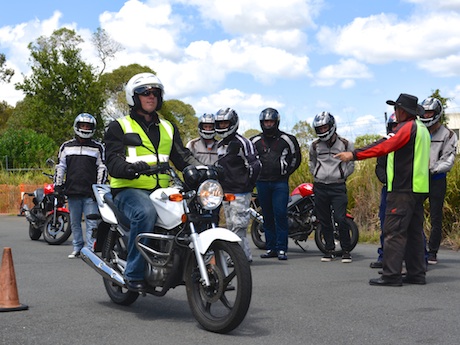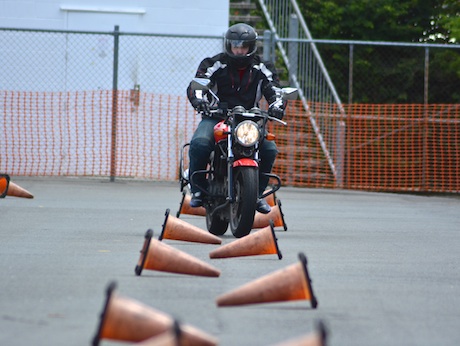Since novice motorcyclists have one of the high rates of fatal crashes, have you ever wondered if rider trainers are teaching the right methods?
Last year, the UK struck off 100 motorcycle licence trainers and 18 training companies for a range of offences including granting licences without any training.
Other non-compliance issues were having too many students in a class, granting licences after less than three hours of training and using non-roadworthy motorcycles.
The breaches were uncovered in annual audit checks of licences trainers and facilities.
Aussie trainers
So we contacted the relevant departments in each state of Australia to find out if there were similar quality audits and any breaches.
However, only the Queensland, Victorian and NSW transport departments bothered to reply after more than a week.
Queensland
In October 2016, Queensland Transport and Main Roads introduced the standardised Q-Ride training curriculum and upgraded audit and monitoring program.
The following month, two QRide instructors were arrested for issuing motorcycle licences and 13 falsely licensed riders.
For the next two years, TMR conducted training and support for the industry before introducing compliance auditing in October 2018.
Up to the end of last year, TMR conducted 47 full compliance audits of rider learning facilities and has not cancelled any of the 85 accredited QRide trainers or 35 service providers.
“We use a range of investigative methods and compliance tools, including education, suspension and issuing corrective actions,” a TMR spokesperson says.
NSW trainers
Transport for NSW accredits five Registered Training Organisations (RTO) across the state and monitors the safety of operations, staff professionalism, compliance with road law and processes around misconduct.
TNSW has so far carried out 18 quality assurance checks this financial year.
They did not say if there were any breaches.
“Continuous improvement and professional development is provided during the sector’s mandatory annual forum,” a spokesperson says.
Victoria
The Victorian Department of Transport says it does not release information on assessments of individual accredited training providers.
All they would say is they “constantly review motorcycle training and testing providers to ensure motorcyclists are well prepared before they ride on Victorian roads”.
There are 16 VicRoads accredited motorcycle training and testing providers in Victoria.
Each training location is audited at least twice a year and “five times a year or more as necessary” and can include unannounced audits.
The Department of Transport also reviews motorcycle permits and licences issued to determine if “certain accredited training providers need to be assessed more frequently or if sanctions needs to be imposed should there be assurance issues detected”
Comment
Reader comments on this website and our social media pages seem to suggest that novice riders are not getting the right training.
However, statistics show that over the past 25 years, as rider training has become more regulated and licensing more difficult, fatality rates for novices have actually reduced.
While still high, riders under 30 have been surpassed in recent years by those aged over 50, mainly due tothe rapid rise in “returning riders”.
Australian motorcycle fatalities by age group
| Age group | 1995-99 | 2000-04 | 2005-09 | 2010-14 | 2015-19 |
| <30 | 562 | 454 | 477 | 337 | 312 |
| 30-39 | 227 | 275 | 292 | 231 | 186 |
| 40-49 | 113 | 163 | 206 | 230 | 238 |
| >50 | 30 | 100 | 183 | 280 | 323 |





